Corinth, an hour’s bus ride south of Athens, became a thriving maritime center because of the narrow isthmus on which it sat. Ancient mariners would dock in Corinth, then haul the boat overland, avoiding the long and dangerous voyage around the southern tip of Greece. The “sin city” of its day, it was a mixture of pagan religion and a commercial center that catered to transient sailors out looking for a good time.
As ships became more robust, and particularly after the canal was built to allow direct passage across the isthmus, Corinth lost its prestige. Like most tourists, we went there because of the Biblical connection. The apostle Paul visited Corinth, was put on trial there, and later wrote several letters to them, two of which are included in the New Testament. The pictures I took are generally related to that connection.
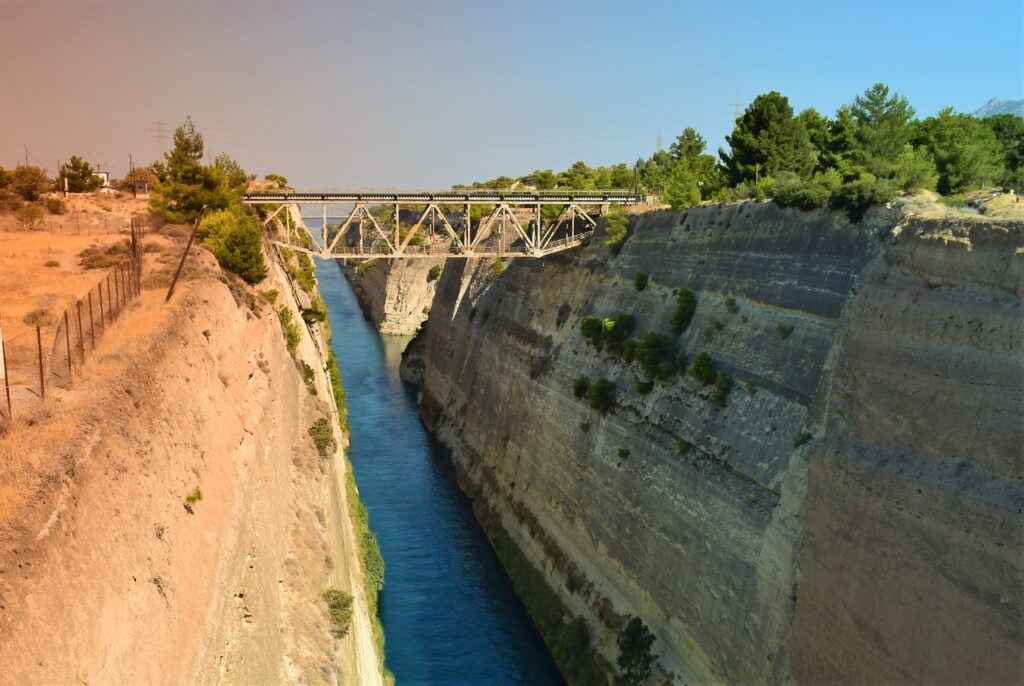
We stopped at the canal for photos. My guess is that 90% of the people on the bus have no clue as to its historical importance. 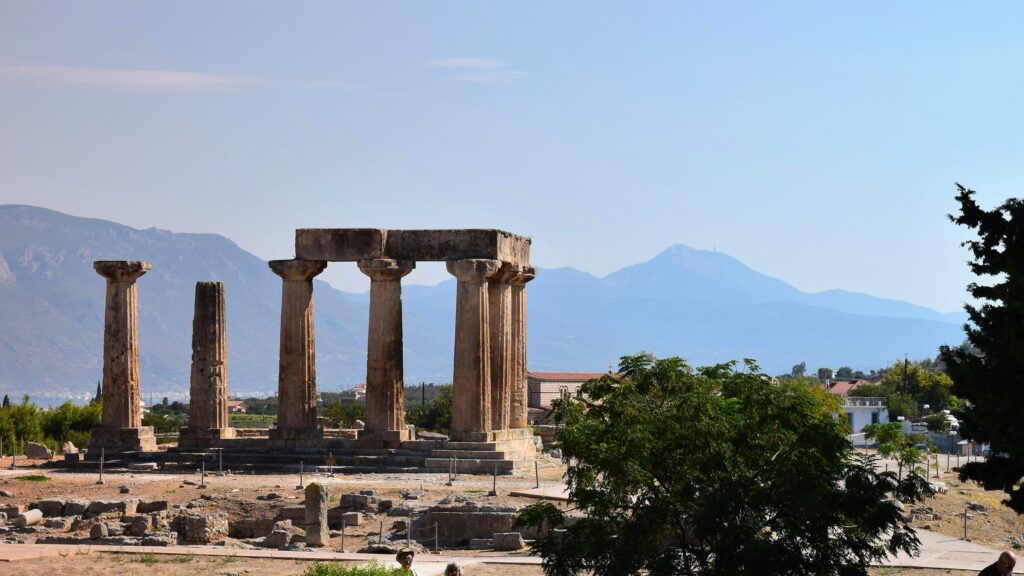
The best preserved temple on the site, to Apollo. 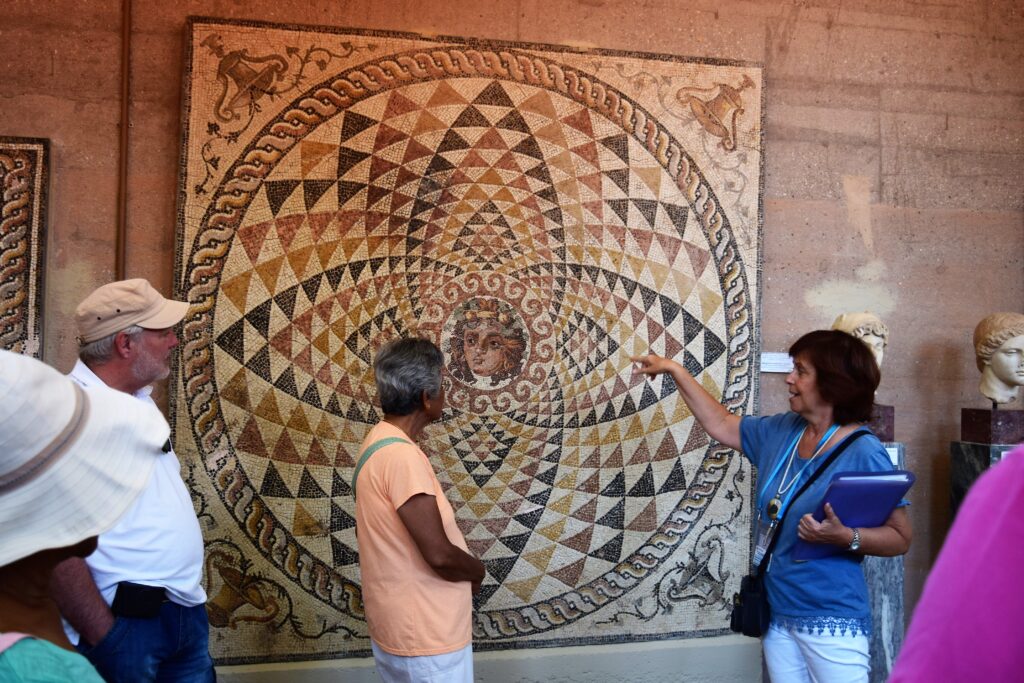
A floor mosaic from the ancient city. Appropriately, the image in the center is Dionysus, god of wine. The lady pointing is our tour guide. 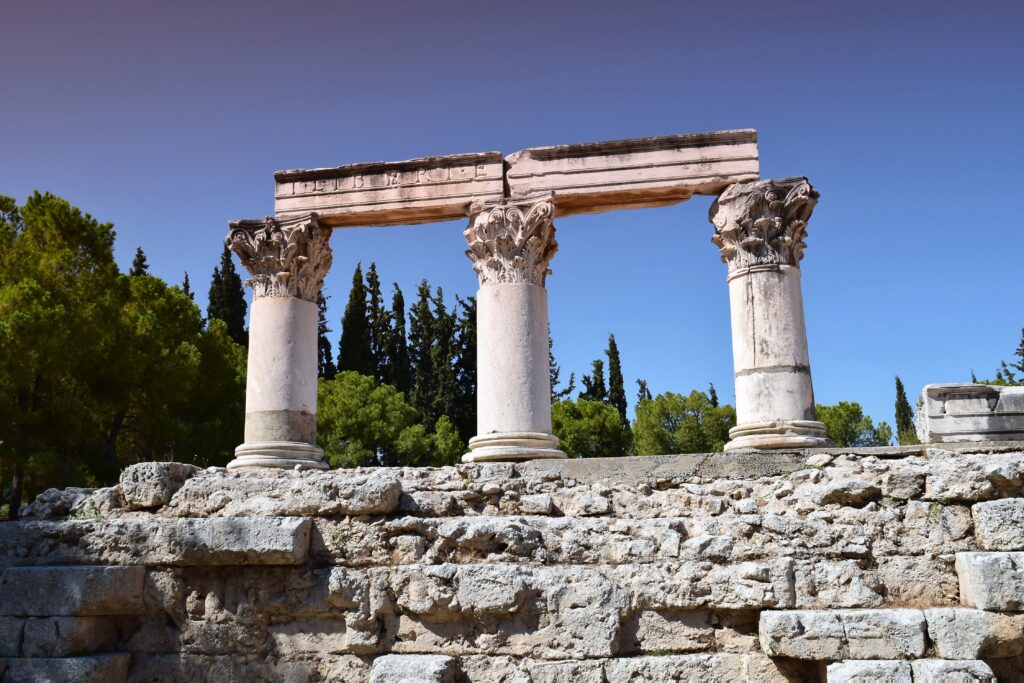
Corinthian columns, the most ornate of all Greek styles. 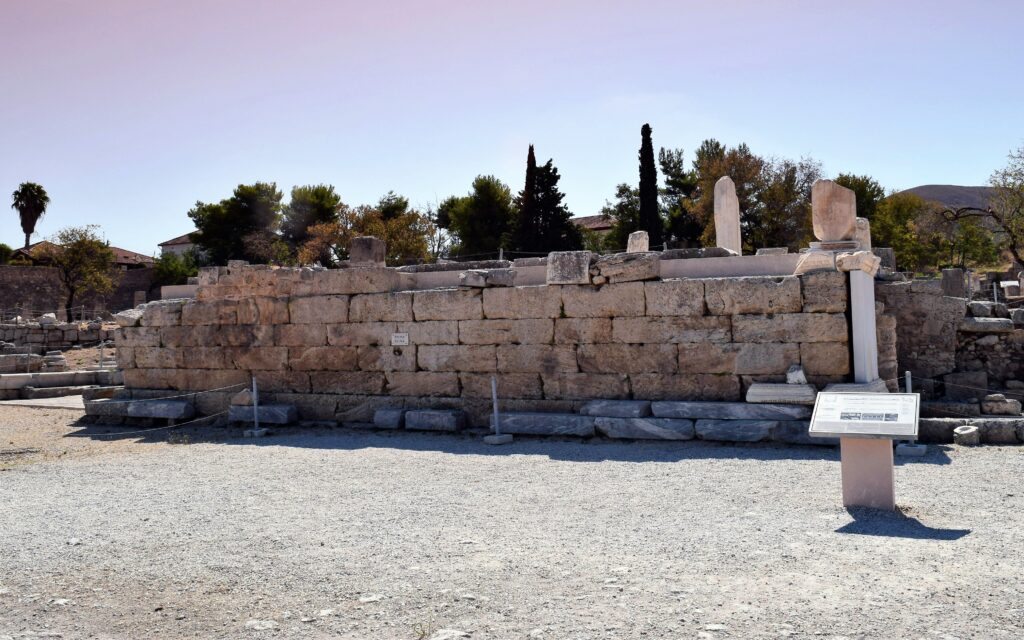
This was the most moving part for me. This is the bema, or judgement seat. We are standing where Paul stood when he was put on trial, with the judges looking down from the platform. This is the background behind the text, “we shall all stand before the judgment seat of Christ…” 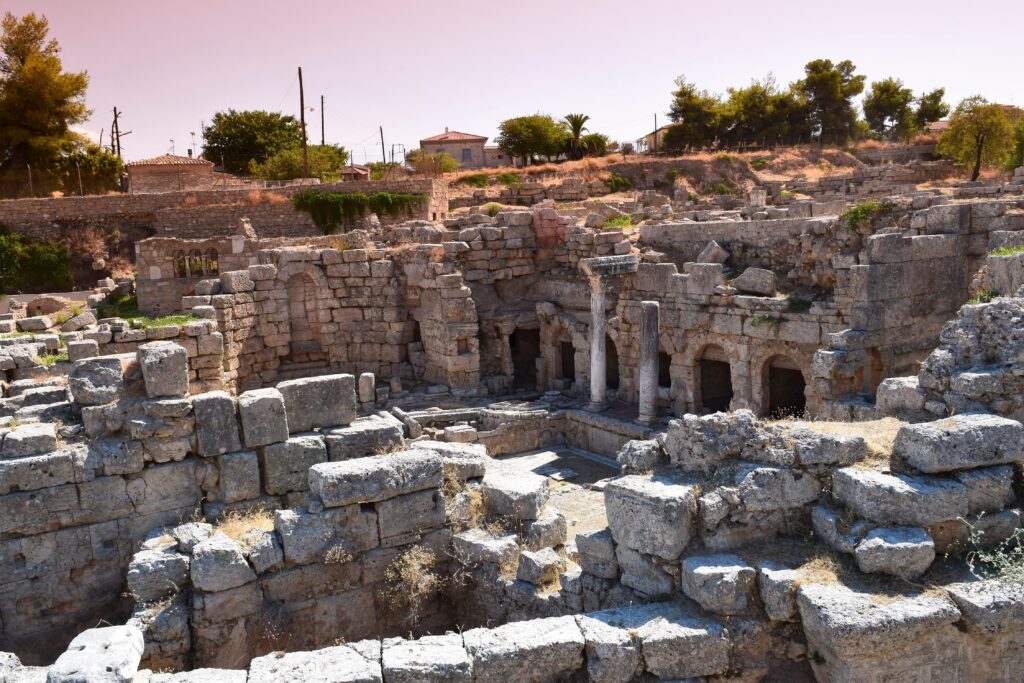
Ruins of the agora (marketplace), where the apostle Paul worked and ministered. 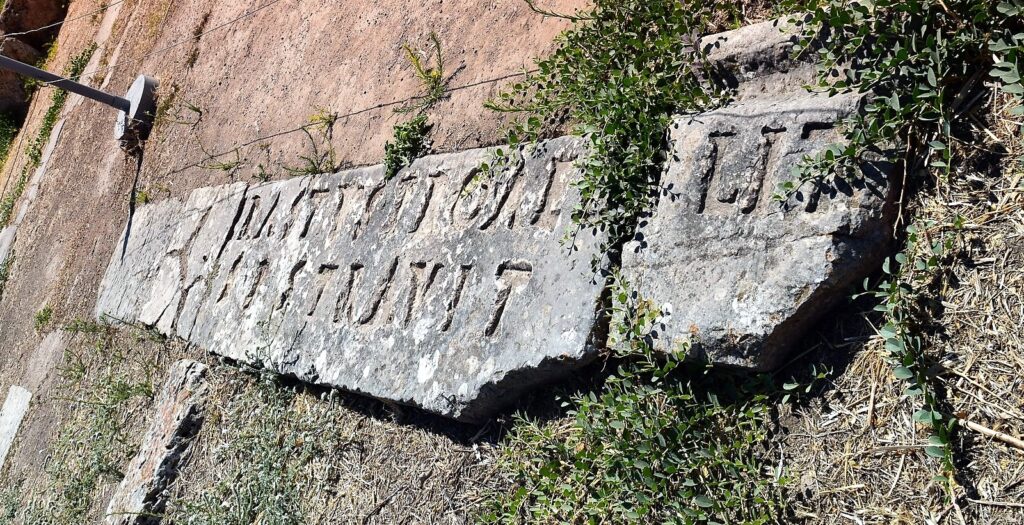
A monument to Erastus, mentioned in the New Testament. 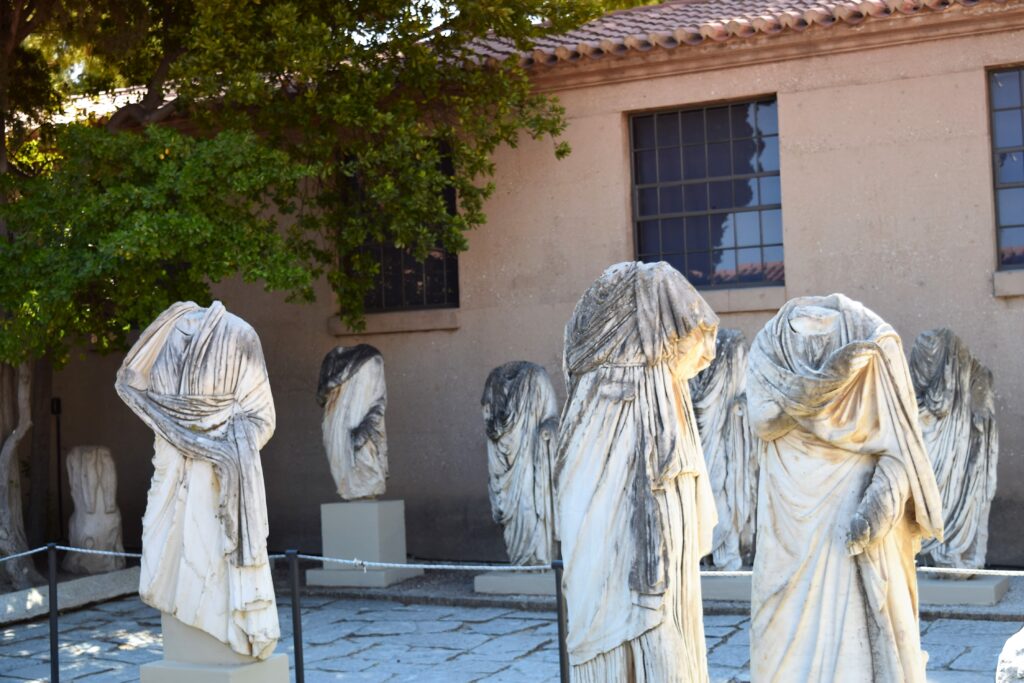
“Off with their heads!” Early Christians removed the heads of all the god and goddess statues. 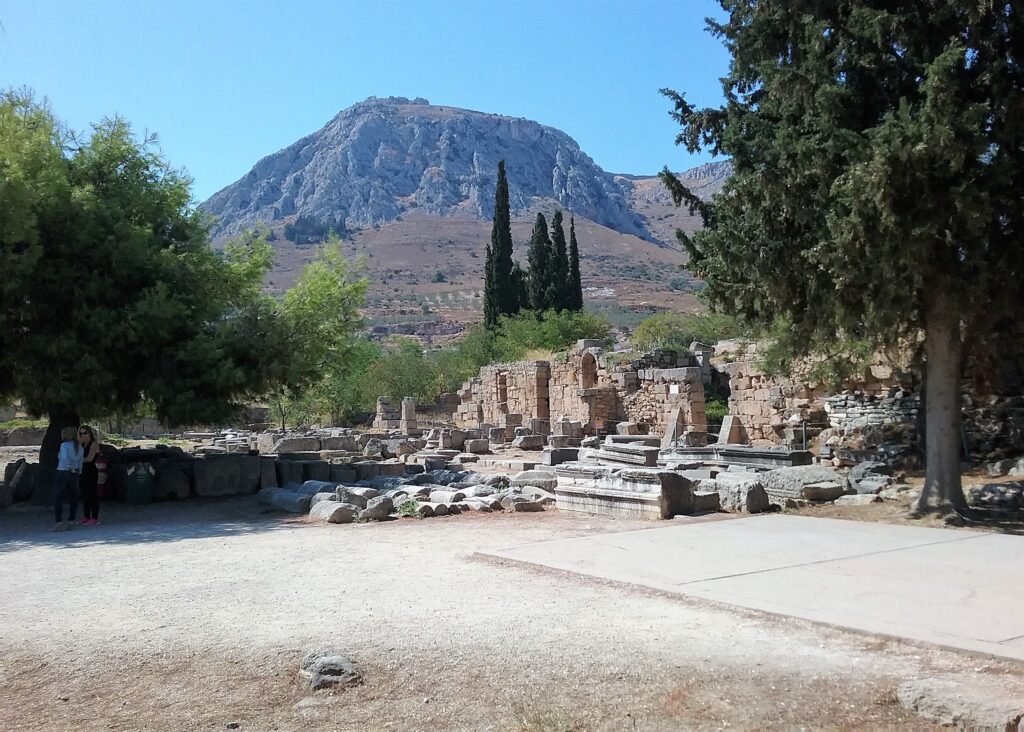
The Corinthian Acropolis is very high. We did not have opportunity to go there on this trip. 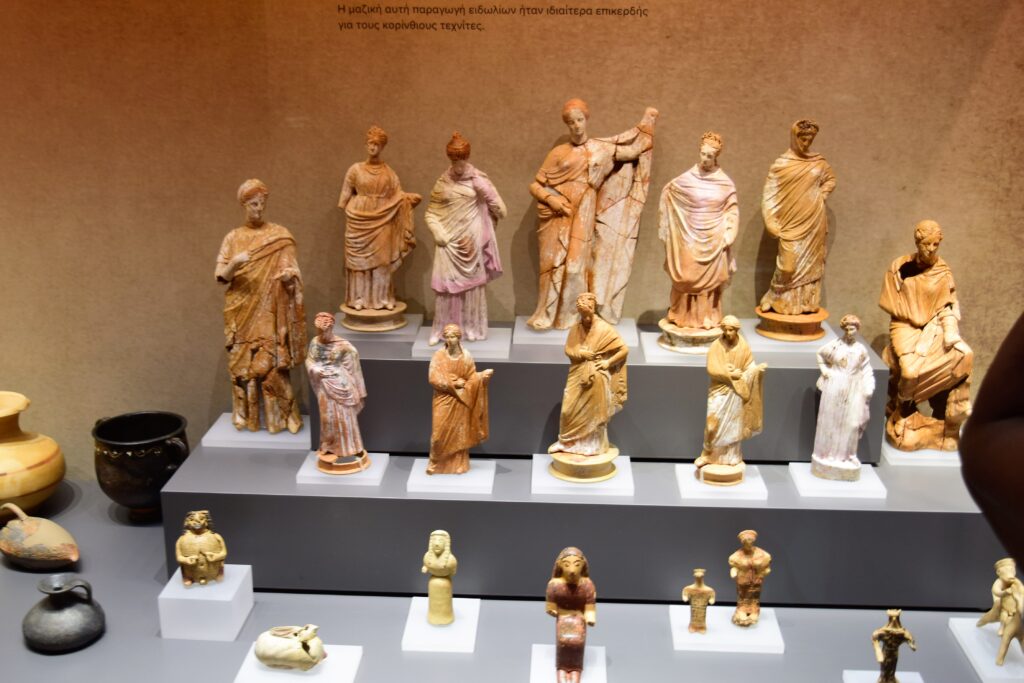
Recovered artifacts. Many of these gods and goddesses were playthings for kids: the original superhero “action figures.”